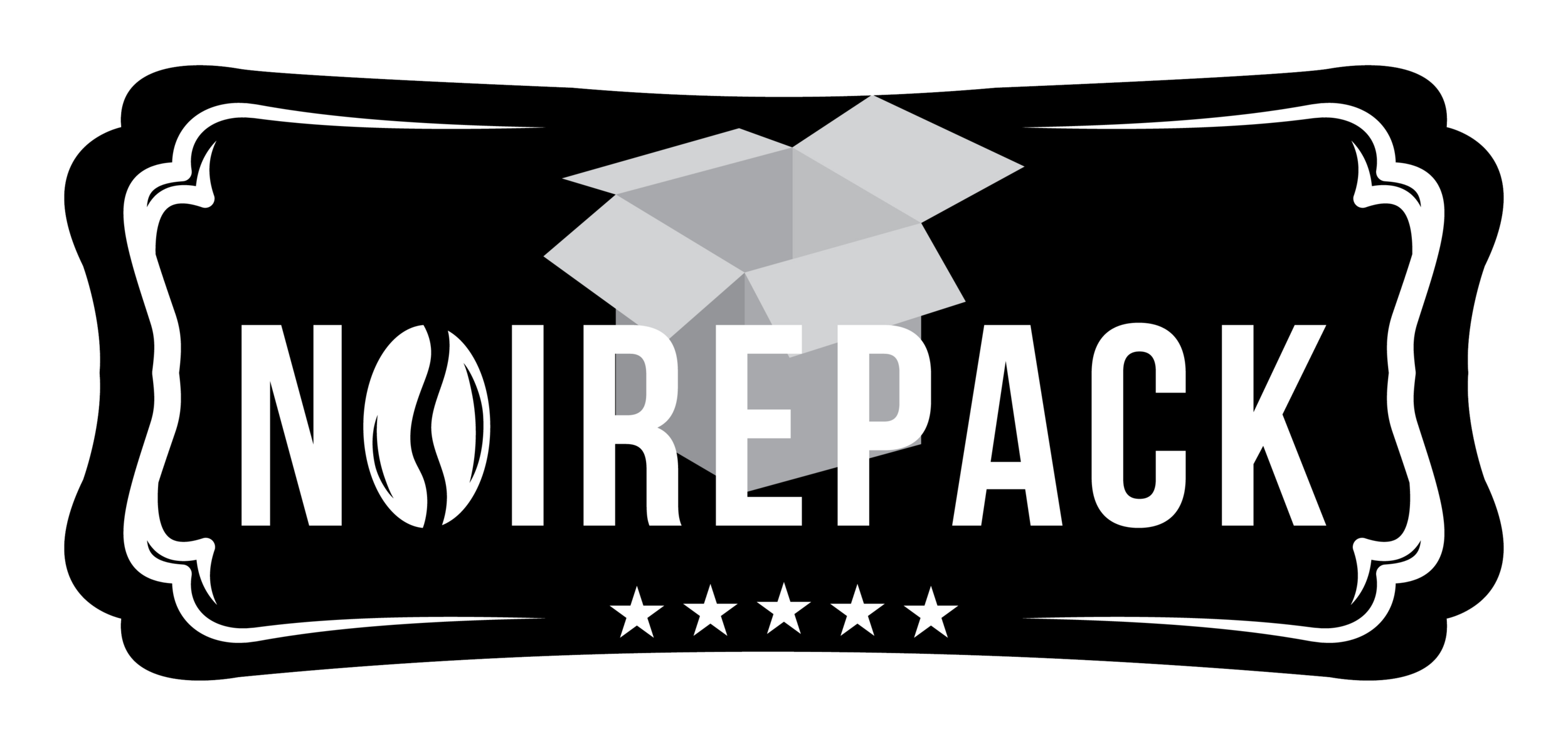Kenya ‘s Swahili Culture
Kenya has quite a vast history, contrary to what we read in history books. Kenya is widely recognized as the cradle of humanity or humankind's cradle from which descendants moved out to populate the world.
East Africa, which includes Kenya, is one of the earliest regions where modern humans (Homo sapiens) are believed to have lived. Evidence was found in 2018, dating to about 320,000 years ago, at the Kenyan site of Olorgesailie, of the early emergence of modern behaviors including long-distance trade networks (involving goods such as obsidian), the use of pigments, and the possible making of projectile points.
The Swahili language predates 100 A.D to a culture of the Swahili people. Swahili, also known by its native name Kiswahili, is a Bantu language and the native language of the Swahili people. The Swahili language is a mixture of Bantu and Arabic.
Kenya's official languages are Swahili and English. English is spoken in Kenya because of their brief ruling by the British empire from 1920 to 1963. English is our modern-day lingua franca (A lingua franca is any language used for communication between people who do not share a native language). Almost 80 percent of English speakers in the world are non-native speakers. Let's face it. English remains the language of commerce.
The Swahili language predates to 100 A.D to a culture of the Swahili people. Swahili, also known by its native name Kiswahili, is a Bantu language and the native language of the Swahili people. The Swahili language is a mixture of Bantu and Arabic. It is a lingua franca for the African Great Lakes region and other parts of East and Southern Africa, including Tanzania, Uganda, Rwanda, Burundi, Kenya, some parts of Malawi, Somalia, Zambia, Mozambique, and the Democratic Republic of the Congo (DRC).
The Swahili civilization lay on the east African coast, from Mogadishu in the North towards Sofala and Inhambane in the South. The Swahili civilization has roots in Bantu but was also influenced by Middle Eastern, Arab, European, and Asian cultures. The Swahili culture emerged by mixing these different cultures with whom they traded, especially the Arabs.
Swahili in Arabic means' people of the coast'. They dubbed the name mainly because of the Swahili people's choice of living primarily in coastal towns. It enabled them to trade with the Arabs who came across the ocean in boats to trade. Unlike the Egyptians and Nubians, the Swahili people did not build a single kingdom or empire to rule all the Swahili people and coastal towns. These coastal towns or city-states were independent of each other, and they sometimes competed for control of trade. The Swahili people also traded with other African kingdoms like Mapungubwe in southern Africa. The Swahili's main exports were ivory, gold, slaves, iron, fish, cloth, cotton, pearls, myrrh, balsam, incense, ambergris, perfume, spices, dragon's blood (resins of Dracaena schizandra and D. cinnabari), ebony, tortoiseshell, leopard skins, and rhinoceros horns. Also: necklaces, spoons, and plates made of shell. Slaves and gold were not big till after 1200. Exports reached as far as China. The Swahili people engaged in the Indian Ocean trade.
The Swahili culture emerged by mixing these different cultures with whom they traded, especially the Arabs.
Consequently, they were influenced by Arabic, Persian, Indian, and Chinese cultures. During the 10th century, several city-states flourished along the Swahili Coast and adjacent islands. They were Muslim, cosmopolitan, and politically independent of one another.
They grew in wealth as they served as intermediaries and facilitators to local, Arab, Persian, Indonesian, Malaysian, Indian, and Chinese merchants. They all competed against one another for the best of the Great Lakes region's trade business, and their chief exports were salt, ebony, gold, ivory, and sandalwood. They were also involved in the slave trade. However, as Western European empires launched their conquest to the newfound wealth found in both the American and African continents, these city-states began to decline towards the 16th century, mainly due to the Portuguese advent. Eventually, Swahili trading centers went out of business, and commerce between Africa and Asia on the Indian Ocean collapsed.
Kenya's Arab dominance on the coast was eclipsed by the arrival in 1498 of the Portuguese, followed by the United Kingdom's influence in the 19th century.
British settlers quickly assumed control over the country. By the 20th century, the interior was in complete control by British and European farmers who became wealthy by farming coffee on the Kenyan workers' backs. By the 1930s, these settlers had comprehensive ordinance overall Kenyan lands despite the 1 million Kikuyu tribe members that habited for many generations.
The wealthy Europeans banned them from growing coffee, introduced a hut tax, and gave them less and less labor to protect their interest. The Kikuyu tribes were forced to leave their land and go to the cities to survive. This legal but unjust slavery of the population continued until Kenyans had just about enough British ruling and fought to reclaim their lands. The Mau Mau Uprising, also known as the Mau Mau Rebellion, was Kenya's response to this injustice. This war between the British Kenyan Colononizers and the Freedom Army lasted nearly eight years from 1952 – 1960 until the British relinquished control in 1960. Despite all this bloodshed and slavery, Kenya endured, coffee has flourished and is among the world's finest cups.








